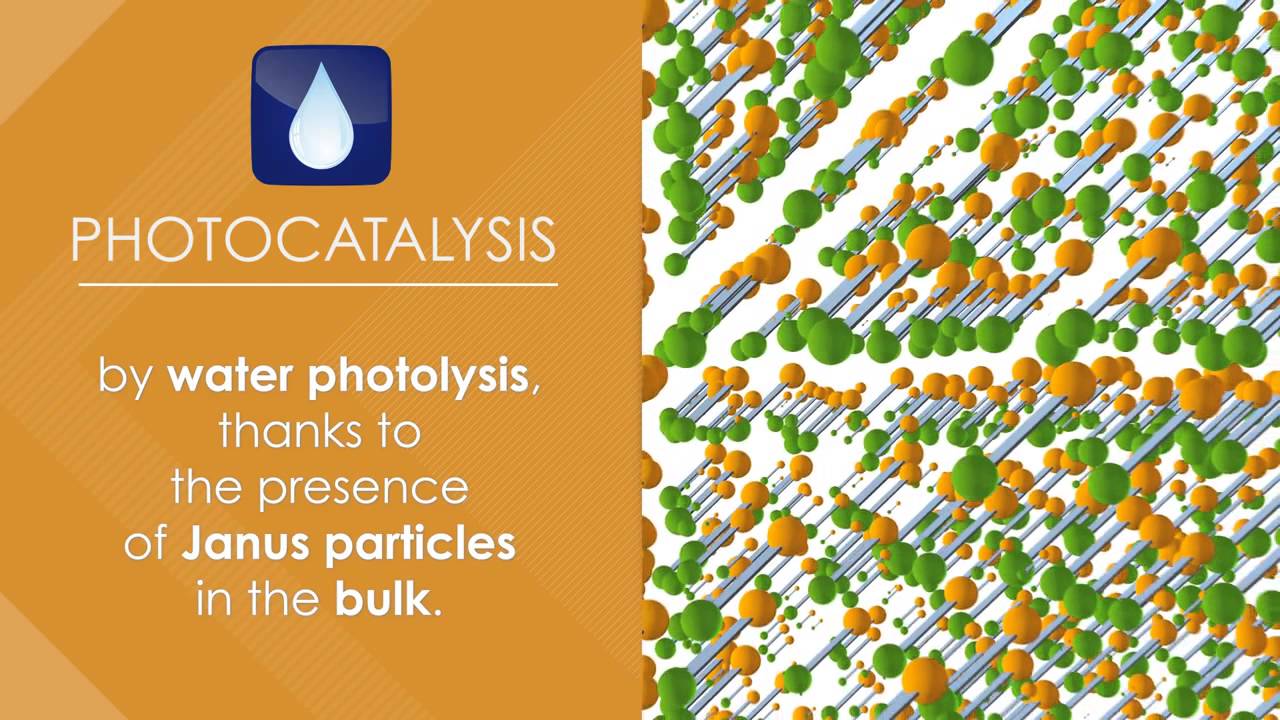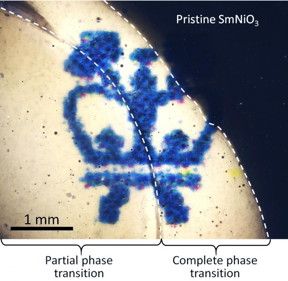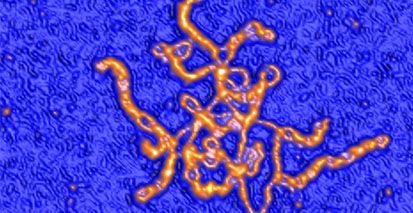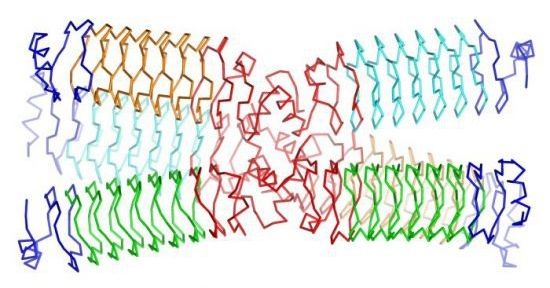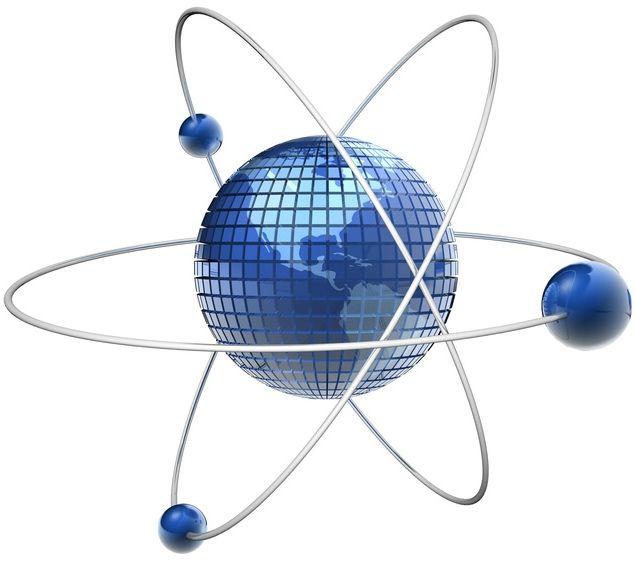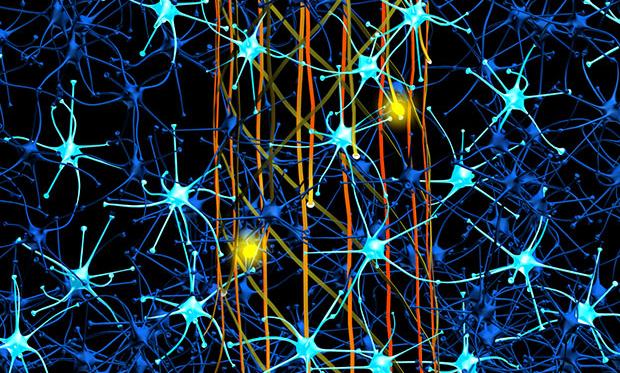Sep 7, 2016
Nano-based masks for a more comfortable radiation treatment
Posted by Karen Hurst in categories: biotech/medical, nanotechnology
Very hopeful — Nano-based masks for a more comfortable radiation treatment.
BOSTON, Sept. 7, 2016 /PRNewswire/ — September 25–28, 2016 – Like every year, Orfit Industries will be present at the ASTRO Annual Meeting in the Boston Convention & Exhibition Center known to be the world’s most important meeting for the radiation oncology community, with more than 11,000 people attending each year. Orfit Industries invites customers, medical specialists and professionals to come to the Orfit booth (no. 2033) and try on the new generation of nano-based masks.
Compared to Efficast® masks used for head and neck immobilization, immobilization masks made from nano-enhanced thermoplastic sheets provide the patient with more comfort through a lower degree of shrinkage and therefore reduced pressure on the face during radiation therapy. The issue of mask tightness is a very common one as medication received during the radiation treatment phase may result in an increase in the volume of the patient.
In its efforts to provide a higher degree of patient comfort, Orfit Industries developed a nano-based thermoplastic material that results in thinner masks with less shrinkage. Orfit engineers have interwoven a natural material (nano clay) in the inner layers of the thermoplastic material, which resulted in a substantial improvement of its mechanical properties. Thermoplastics will shrink when they cool on the patient during the mask making process and therefore have an impact on comfort, in particular when the volume of the patient tends to increase in the course of treatment. In this context, the reduction of shrinkage by means of NANOR® is an important step forward as it provides the degree of comfort required to minimize patient movement during the delivery of the dose.
Continue reading “Nano-based masks for a more comfortable radiation treatment” »
